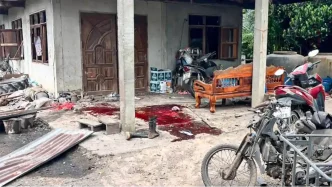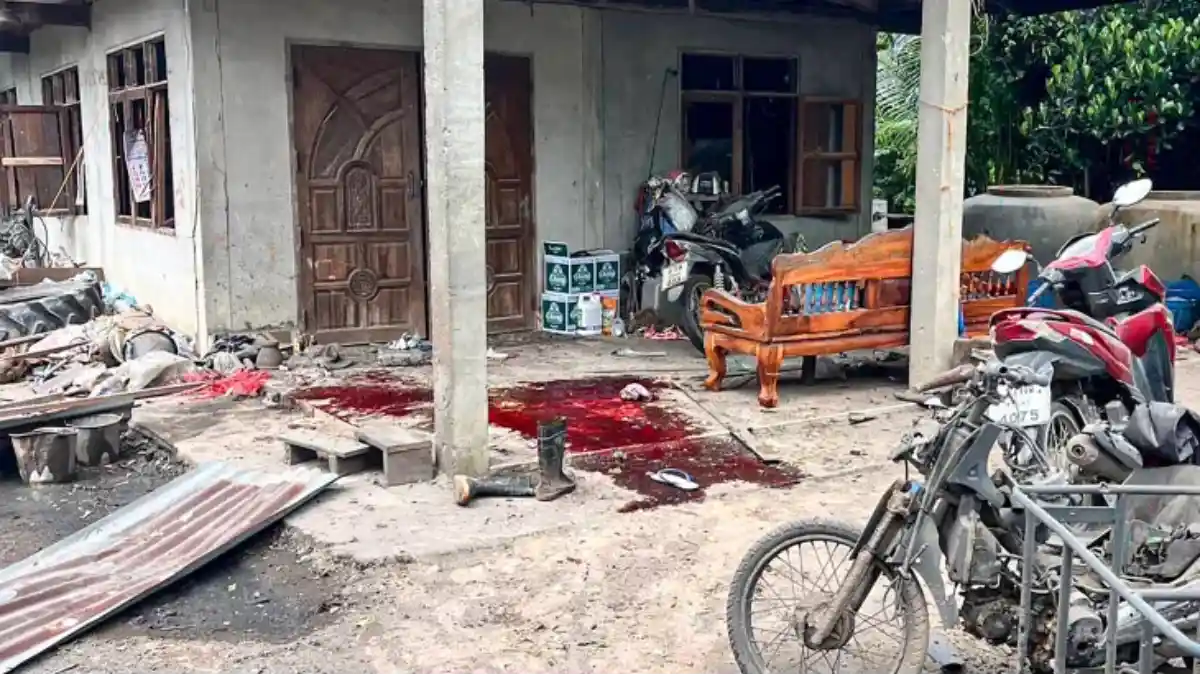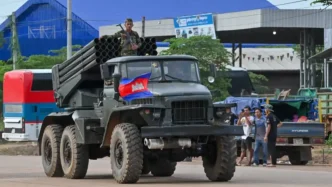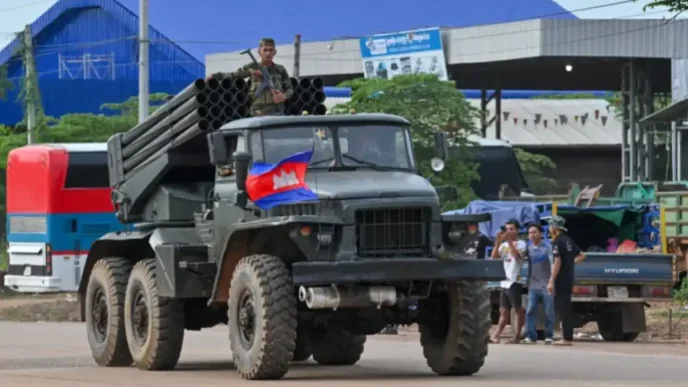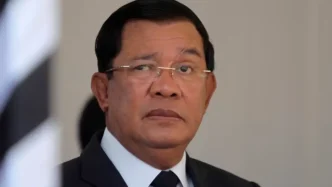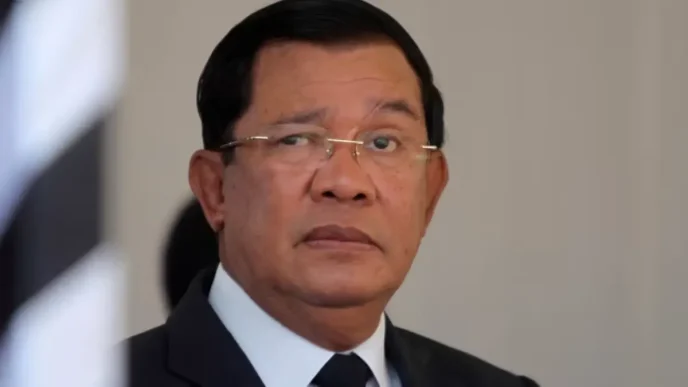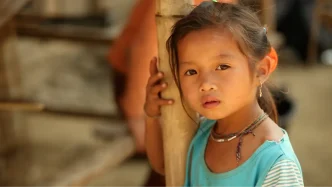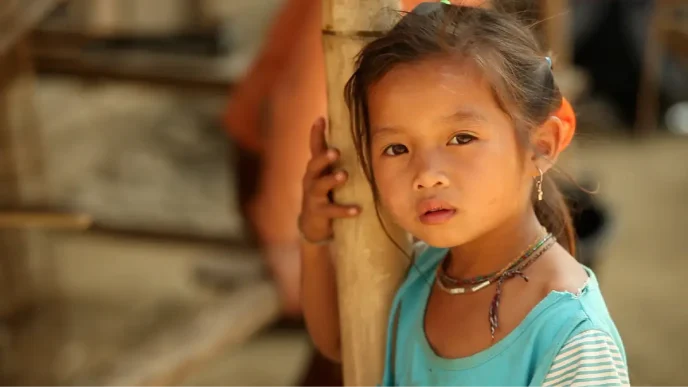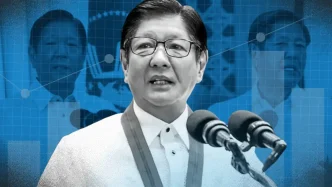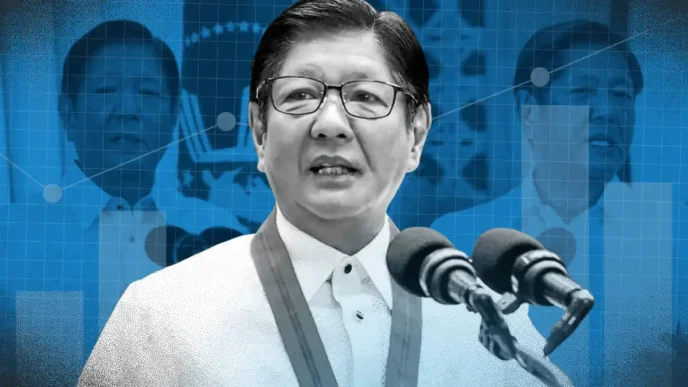Escalating tensions along the Thailand-Cambodia border have sparked a heated exchange of accusations, with both nations alleging violations of international law amid reports of civilian casualties and damage to cultural sites. The Royal Thai Army (RTA) has condemned Cambodian forces for targeting civilian areas, while Phnom Penh has accused Thailand of military aggression, raising concerns over regional stability in Southeast Asia.
Thai Military Denounces Cambodian Actions
On Thursday, the Royal Thai Army issued a strong statement accusing Cambodian troops of indiscriminately attacking civilian targets within Thailand, actions they claim breach the Geneva Conventions, a cornerstone of international humanitarian law. RTA spokesman Colonel Winthai Suvari detailed a series of alleged attacks on non-military sites, painting a grim picture of the conflict’s impact on border communities.
“Cambodia clearly violated the Geneva Conventions by using artillery to attack civilian targets and archaeological sites, including Prasat Ta Muen Thom, Prasat Done Truan, a petrol station in Si Sa Ket’s Kanthalak district, the Phanom Dong Rak hospital, people’s houses, and a border development centre in Surin’s Karb Choeng district” Colonel Winthai stated on July 24, 2025. He emphasized that such actions, especially those resulting in civilian deaths, were unacceptable under any circumstances.
Colonel Winthai further asserted that Thai forces, supported by the Royal Thai Air Force, have adhered strictly to international law, limiting their retaliatory strikes to military targets. He reiterated the RTA’s commitment to defending Thailand’s sovereignty while striving to minimize casualties on both sides, framing Cambodia’s approach as a stark contrast marked by disregard for humanitarian principles.
The Geneva Conventions, established in 1949 and bolstered by Additional Protocols in 1977, explicitly prohibit the targeting of civilians and cultural heritage during armed conflict. These treaties form the bedrock of international humanitarian law (IHL), aiming to protect non-combatants and preserve shared history even amidst war. Thailand’s invocation of these agreements underscores the gravity of the allegations and the potential legal ramifications for Cambodia if substantiated.
Cambodia Counters with Claims of Thai Aggression
In response, Cambodia has rejected Thailand’s accusations, instead portraying itself as the victim of unprovoked military aggression. An official statement from Phnom Penh described a Thai airstrike involving F-16 fighter jets, alleging that bombs were dropped on a road leading to Wat Kaew Seekha Kiri Svarak Pagoda, a site within what Cambodia claims as its sovereign territory near the disputed border.
“All of these areas are within Cambodian territory” the statement read on July 24, 2025, further claiming that Thailand deployed six F-16 jets and later reported the destruction of two Cambodian regional military headquarters. Labeling Thailand’s actions as “brutal, barbaric, and violent military aggression” the Cambodian government argued that such conduct not only violated international law but also threatened the broader framework of the international rules-based order.
In a significant escalation of diplomatic efforts, Cambodia drafted a letter to Ambassador Asim Iftikhar Ahmad, the Permanent Representative of Pakistan to the United Nations and President of the Security Council for July 2025, requesting an urgent meeting to address Thailand’s alleged aggression. This move signals Phnom Penh’s intent to internationalize the dispute, seeking global intervention to halt what it perceives as a direct assault on its sovereignty.
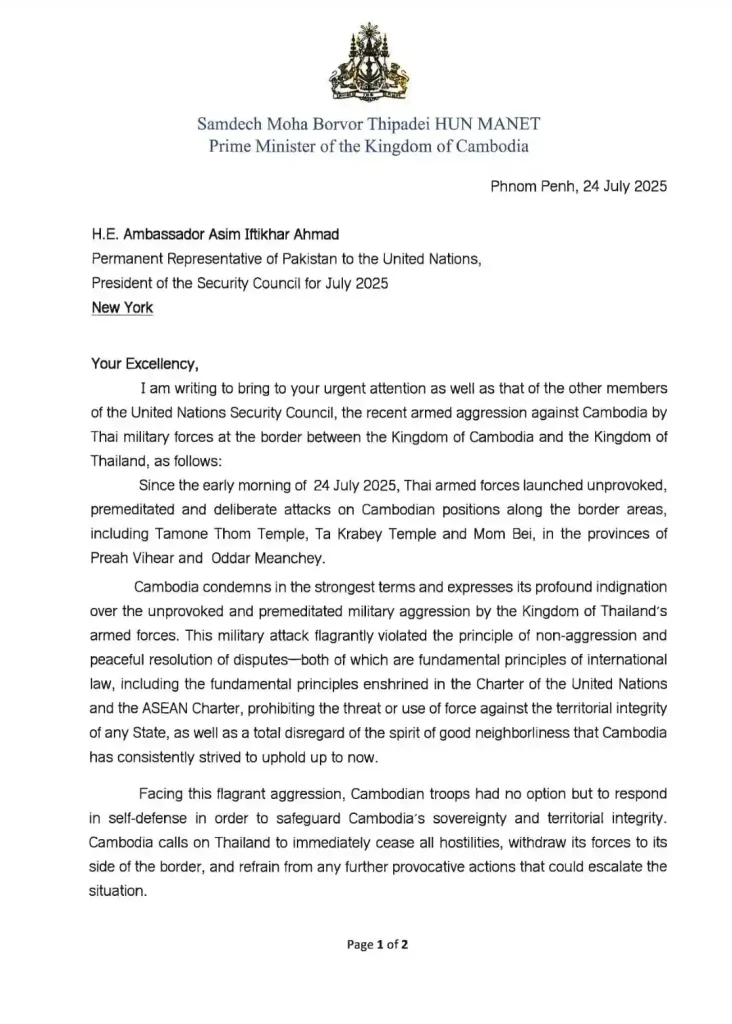
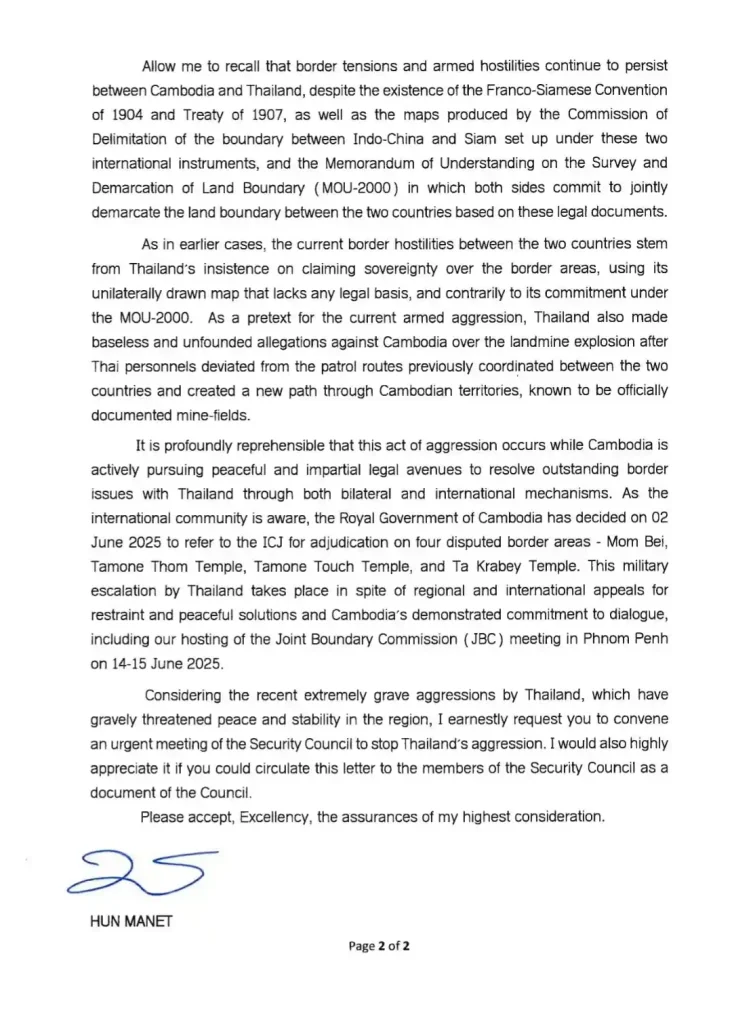
Historical Context of Border Disputes
The border between Thailand and Cambodia has long been a flashpoint for conflict, with overlapping territorial claims dating back decades. The area near Prasat Preah Vihear, a UNESCO World Heritage Site, has been particularly contentious, with both nations asserting historical and legal rights to the region. Skirmishes have erupted intermittently, often fueled by domestic political pressures and nationalist sentiments on both sides.
Past clashes, such as those in 2011, resulted in civilian casualties and international mediation efforts by the Association of Southeast Asian Nations (ASEAN). However, a lasting resolution remains elusive, with each incident reigniting debates over border demarcation and mutual accusations of provocation. The current flare-up, involving allegations of attacks on hospitals and cultural sites, marks a worrying escalation, as it directly implicates violations of international humanitarian norms.
Analysts note that the disputed areas are not merely territorial but deeply symbolic, tied to national identity and historical narratives. For Thailand, sites like Prasat Ta Muen Thom represent cultural heritage; for Cambodia, control over border regions reinforces post-conflict sovereignty after decades of internal strife. This layered significance complicates de-escalation, as military actions are often perceived through a lens of national pride rather than strategic necessity.
Regional and International Implications
The renewed hostilities pose a significant challenge to ASEAN’s unity and its principle of non-interference, a cornerstone of the regional bloc’s charter. While ASEAN has historically mediated Thailand-Cambodia disputes, the severity of the current allegations—ranging from civilian targeting to breaches of international law—may test the organization’s capacity to broker peace without external involvement.
Cambodia’s appeal to the UN Security Council introduces an additional layer of complexity. Should the issue gain traction at the UN, it could draw broader international scrutiny to Southeast Asia, potentially involving major powers with strategic interests in the region. This risks transforming a bilateral dispute into a geopolitical flashpoint, with ramifications for trade routes, security alliances, and regional stability.
Moreover, the conflict’s impact on civilians cannot be understated. Reports of damaged hospitals, homes, and infrastructure in border provinces like Si Sa Ket and Surin in Thailand, and areas near Wat Kaew Seekha Kiri Svarak Pagoda in Cambodia, highlight the human cost of military escalation. Humanitarian organizations have yet to gain full access to assess the situation, but early accounts suggest displacement and loss of life, further compounding the urgency for a ceasefire.
Challenges in Verifying Claims
Amid the volley of accusations, establishing a clear timeline of events remains difficult. Multiple regional news outlets within ASEAN and beyond have documented the conflict, with varying narratives on which side initiated hostilities. Some reports frame Cambodia as the aggressor, citing initial border incursions, while others align with Phnom Penh’s depiction of Thailand’s response as disproportionate.
The lack of independent, on-the-ground verification exacerbates the challenge. Both nations’ claims of adhering to international law while accusing the other of violations require substantiation through impartial investigations, potentially by UN or ASEAN observers. Until such mechanisms are deployed, the risk of misinformation and mutual blame persists, fueling public anger and hindering diplomatic progress.
Path Forward Amid Rising Tensions
As accusations mount and civilian lives hang in the balance, the need for dialogue and de-escalation grows ever more critical. Thailand and Cambodia must prioritize backchannel negotiations, possibly facilitated by ASEAN, to prevent further bloodshed and preserve regional goodwill. Confidence-building measures, such as joint border patrols or temporary demilitarized zones, could serve as interim steps while long-term boundary agreements are pursued.
Internationally, the invocation of the Geneva Conventions by Thailand and Cambodia’s appeal to the UN underscore the conflict’s potential to resonate beyond Southeast Asia. The global community, particularly states with influence in the region, may need to support mediation efforts while respecting ASEAN’s leadership role. Economic and humanitarian aid to affected border communities could also mitigate the immediate fallout, rebuilding trust at a grassroots level.
Yet, as artillery echoes along the border and diplomatic letters crisscross the globe, the path to resolution remains uncertain. Will this clash be contained through regional cooperation, or will it spiral into a broader crisis? For now, the people of Thailand and Cambodia wait, caught between national pride and the universal longing for peace.

